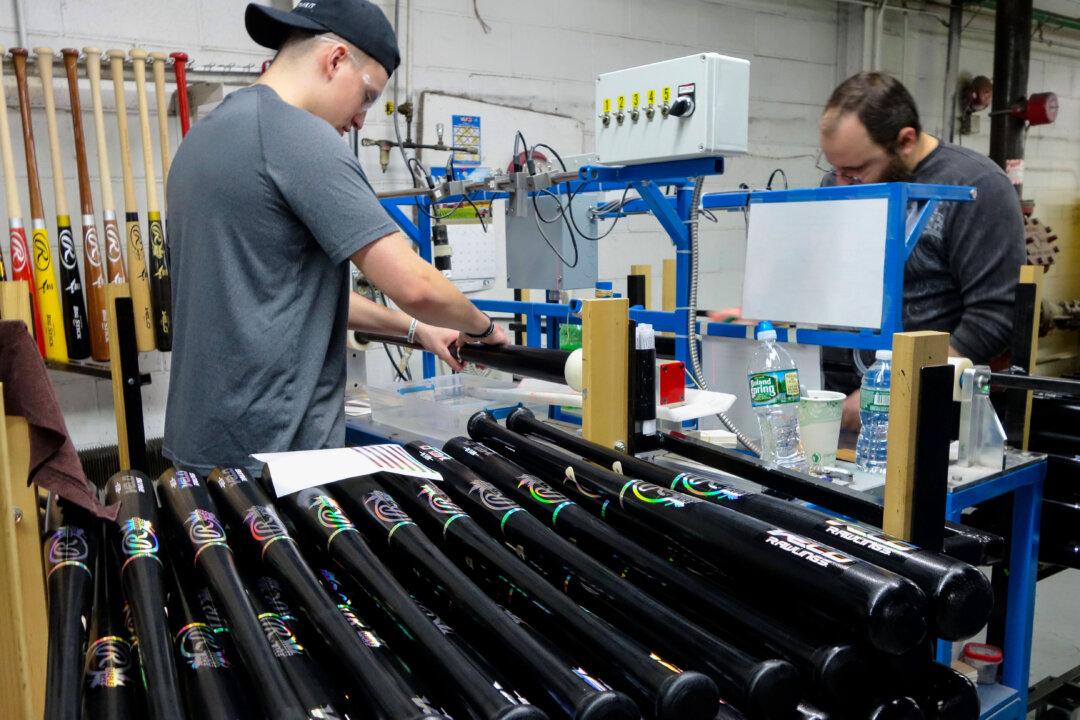U.S. retail and food services sales rose in April 2022 by 0.9 percent on a month-on-month basis and by 8.2 percent when compared to April 2021, the latest data from the Commerce Department show.
“Total sales for February 2022 through April 2022 period were up 10.8 percent from the same period a year ago. The February 2022 to March 2022 percent change was revised from up 0.7 percent to up 1.4 percent.
Monthly retail sales for motor vehicles and parts dealers; home furnishing stores, electronic appliance stores; health and personal care; clothing; general merchandise stores; miscellaneous store retailers; nonstore retailers; and food services and drinking places registered positive growth.
In contrast, building material and garden equipment dealers; food and beverage stores; gasoline stations; sporting goods, hobby, musical instrument, and book stores all registered a monthly decline in sales for April.
Roach is expecting economic growth to rebound in this quarter if pricing pressures moderate to the extent that some of the pressure on customers are also eased. The April retail sales data is also being interpreted as dismissing a potential imminent recession.
Despite good numbers, inflation has been weighing down on customer spending. The April Consumer Price Index (CPI) was registered at 8.3 percent, just slightly below the 8.5 percent in March. With such elevated inflation, prices of goods and services remain high, forcing some to cut back on spending.
According to a survey conducted by American Consumer Credit Counseling (ACCC), 19 percent of respondents cut down their grocery budgets in the first quarter due to inflation.
More than 30 percent reduced fuel expenses while a third scaled down expenditure on entertainment. Almost half modified or postponed their travel plans.
“Discretionary spending is generally the first thing to be curbed during times of financial crisis.”
“When people are forced to buy fewer groceries or change their commuting habits, we have entered an entirely new level of challenge.”





